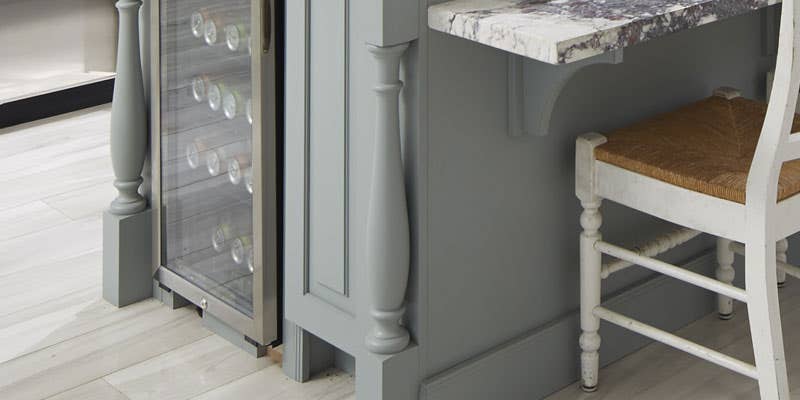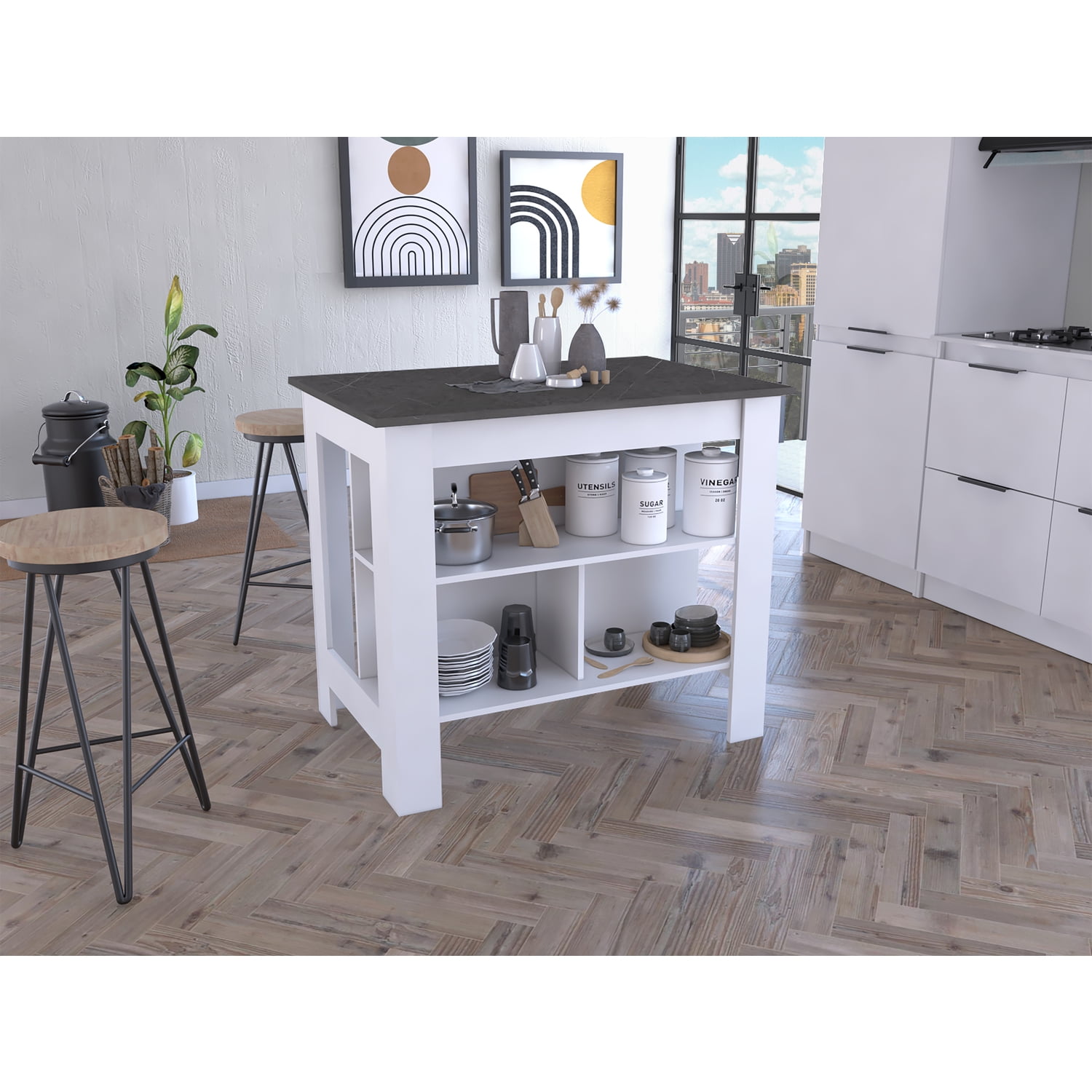Discover Affordable and Chic Solutions in Legs For Kitchen Island Updates
Discover Affordable and Chic Solutions in Legs For Kitchen Island Updates
Blog Article
An Overview to Picking the Perfect Legs For Kitchen Island for Your Home
Choosing the suitable legs for your cooking area island is a nuanced decision that impacts both the functionality and visual charm of this main room. Variables such as height, materials, and style play a crucial function in balancing your island with the general kitchen area style. In addition, recognizing the relevance of security and upkeep can dramatically affect your selection. As you take into consideration these aspects, it ends up being obvious that the appropriate legs can change not just the appearance of your kitchen area however likewise its usability for many years to find. What particular features should you prioritize in this option procedure?

Comprehending Kitchen Island Legs
When choosing legs for a kitchen island, it's vital to recognize their practical and aesthetic roles in the total style. The legs serve as a crucial assistance system, making certain stability and longevity for the island, which often functions as a work area, eating area, or collecting spot. The option of product and building and construction technique should be robust sufficient to hold up against day-to-day use and potential wear.
Along with their architectural obligations, legs add considerably to the island's aesthetic allure. They can boost the cooking area's design, whether through conventional, contemporary, or eclectic styles. The height and proportion of the legs are likewise important factors to consider; they need to balance with the island's counter top elevation while making sure comfy seating for those utilizing the area.
Additionally, the leg style can influence the overall flow of the kitchen. Open, ventilated leg designs can produce a sense of lightness, while solid, significant legs might convey a much more grounded and stable visual - Legs For Kitchen Island. Recognizing these aesthetic and functional aspects will certainly lead home owners in making educated options that complement their kitchen's design and boost its functionality
Popular Styles and Materials
The selection of legs for a cooking area island encompasses a range of preferred styles and materials, each offering one-of-a-kind qualities that can boost both functionality and looks. Traditional legs normally show ornate details and workmanship, boosting classic kitchen area layouts.

Elevation and Security Considerations

Stability is another essential factor to consider. The legs of the kitchen area island should give appropriate support, ensuring page that the framework can endure daily usage without wobbling or changing. Material option plays a substantial function in security; metal legs, as an example, have a tendency to offer better stamina contrasted to wood. In addition, guaranteeing that the island is securely anchored to the flooring or wall can boost stability, specifically for larger islands that might bear substantial weight.
Matching Your Kitchen Visual
Picking the appropriate legs for your cooking area island goes past functionality; it also plays a significant role in the overall aesthetic of the space (Legs For Kitchen Island). When picking legs, consider the layout style of your kitchen area.
Shade is one more crucial factor. Legs that match address or contrast with your island's surface and surrounding cabinetry can create aesthetic consistency or striking focal factors. For example, combining dark timber legs with a light marble counter top can add depth and passion. In addition, think about the surface of the legs; matte, glossy, or textured coatings can dramatically affect the overall feel of the cooking area.
Setup and Maintenance Tips
Mounting kitchen area island legs requires cautious attention to information to guarantee both security and aesthetic allure. Begin by choosing a suitable place for your island, ensuring it is degree and has ample room for movement. If you are attaching the legs to a wall surface or using braces for added support, make use of a stud finder to find wall surface studs. Mark the placement of the legs properly before boring.
When safeguarding the legs, use top notch screws and, if necessary, wood adhesive for added strength. For steel legs, make sure that you are making use of suitable supports and devices to prevent damage to your flooring. It is suggested to examine for levelness after installation, making modifications as required to stay clear of tottering.
Clean the legs with a suitable cleaner, avoiding abrasive products that might her latest blog scrape the surface area. By complying with these setup and maintenance suggestions, you can ensure that your kitchen island legs remain both useful and aesthetically attractive.
Verdict
In verdict, choosing the appropriate legs for a cooking area island demands cautious consideration of elevation, security, and aesthetic compatibility. Inevitably, thoughtful leg choice plays a critical function in boosting both the practicality and layout of the kitchen room.
When selecting legs for a kitchen area island, it's essential to comprehend their visual and functional functions in the total design. Open, airy leg designs can create a sense of agility, while strong, considerable legs might share a more based and secure aesthetic. The legs of the kitchen area island need to provide sufficient assistance, guaranteeing that the framework can hold up against daily use without shifting or wobbling.Setting up cooking area island legs calls for careful attention to detail to make sure both security and visual allure.In conclusion, selecting the proper legs for a cooking area island demands mindful consideration of elevation, security, and visual compatibility.
Report this page